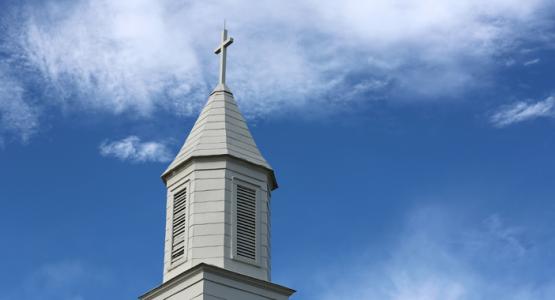
How Church Structure Works
The Seventh-day Adventist Church is organized with a representative form of church government. Authority in the church comes from the membership of local churches. Executive responsibility is given to representative bodies and officers to govern the church.
The local church is the structural foundation of the Seventh-day Adventist Church. It is the first of four levels of organization that exist within the church. All baptized members of a local church have voting powers within that church. At local churches, decisions are made by elected committees through the votes of members. The day-to-day running of churches is governed by the congregation’s pastor and a church board formed by members of that church. For example, each congregation elects its own elders, deacons, deaconesses, clerks, treasurers, and department leaders.
Each organization, starting at the local level, is governed by general business sessions that occur at certain intervals. This is usually when administrative decisions are made—for local churches this is typically every two or three years.
In North America, the local conference is directly above the local church level. Each local conference is composed of local churches, or congregations. Often a number of local congregations are grouped operatively as a district, led by one senior pastor. A senior pastor may average two to four churches per district, but often pastors of larger congregations (more than 300 members) only serve that one congregation. The local conference appoints pastors, owns church land and organizes the distribution of tithes and payments to ministers.
The local conference is part of a "union conference,” the next level, which contains a number of local conferences within a larger territory. Union conferences are financially self-supporting, and union officers are elected every five years, by conference-selected church members, at a general business meeting called constituency session.
Click here to learn more about the union conference and constituency session.
The division is the next level. Thirteen divisions separate the world into regions and comprise the world church. The North American Division (NAD), which holds an annual business meeting as well as quinquennial meeting, is divided into nine union conferences based on region. NAD provides administrative leadership and counsel to its unions and conferences in terms of constituency, departmental, and localized needs, including strategic planning and ministry-supporting resources
The fourth and final level is the General Conference (GC). As the church authority, the GC has the final say in matters of conjecture and administrative issues. The General Conference, located in Silver Spring, Md., meets for its business session every five years. At the GC Session, officers for the GC, including top-ranking division leaders, are voted on by church members known as delegates, who represent the entire world church.

Add new comment